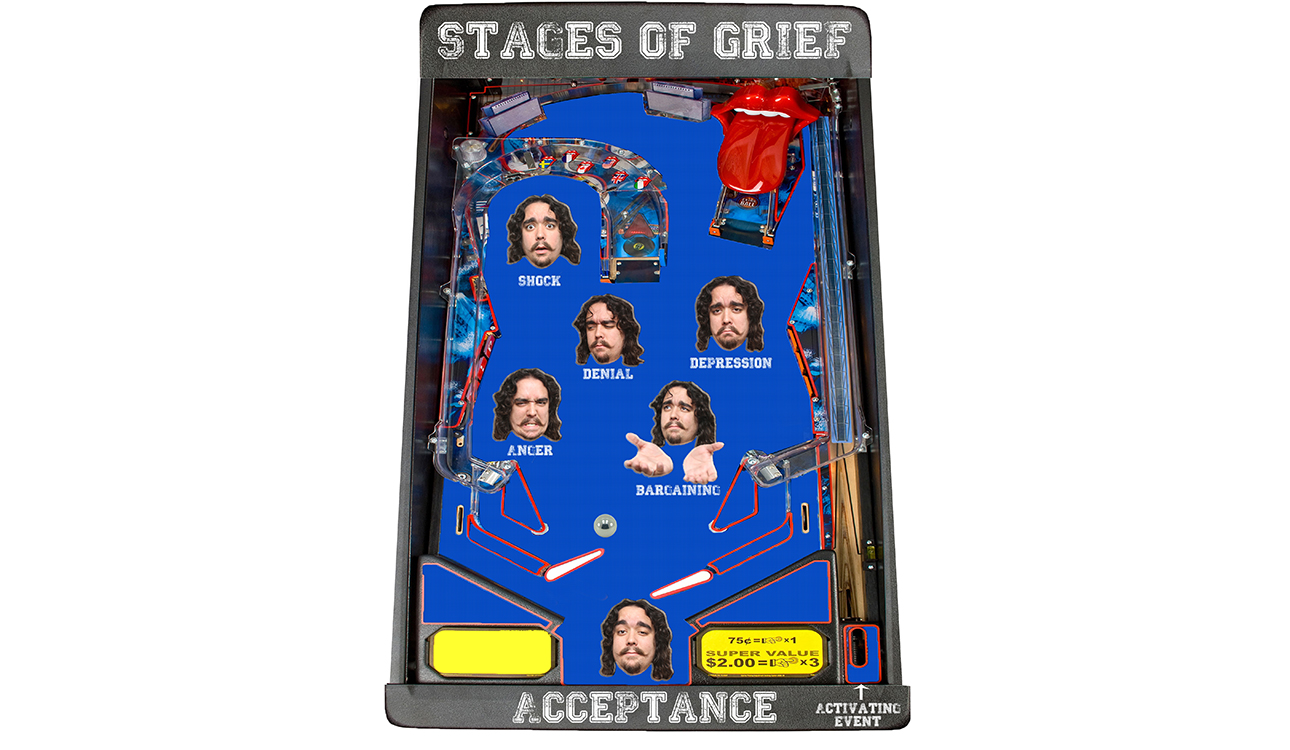
By Linda Nguyen
Staff Writer
Pinball: fun childhood game or model of grief?
Dr. Margaret Baier, assistant professor of Family and Consumer Sciences at Baylor, suggests pinball as a metaphor for the stages of grief is more appropriate than that the traditional, five-stage model of grief.
Baier recently co-authored a case study with Ruth Buechsel which used a pinball as a metaphor to help bereaved patients examine the grieving process.
The case study, which was published in the September 2012 issue of Mental Health Practice, looks at one patient’s experience using the pinball model of grief to understand her feelings.
According to the case study, the model is used to illustrate the grief process of 24-year old woman “Heather,” a pseudonym, after learning about her father’s terminal cancer diagnosis.
“Basically the idea behind the pinball model is that grief is not a linear model,” Baier said. “People bounce around. You have shock and denial, bargaining, depression and anger, and finally acceptance.”
The study showed when Heather first learned of her father’s illness, she experienced shock and denial. She could not process the idea that it would be her last Christmas with her father. She could not accept that her father, who was relatively young, was being taken from her so quickly. She found herself bargaining with God for more time with him and getting angry when her father wasn’t healed. She eventually grew to accept her father’s illness, but watching her father go through treatments, prepare for his death and die caused her to struggle again, according to the study.
“The ball is like the grief process,” Baier said. “It bounces around. You get to acceptance, but something can trigger you and the process is not over.”
Baier says the metaphor helps normalize the process for people who think, “Oh, I should be over this by now.”
A current popular and widely used model is a linear model that was developed by Kubler-Ross. Baier said she wanted to take that model and help people understand it in another way. The Kubler-Ross model describes grief as a set of stages: denial, anger, bargaining, depression and acceptance.
“A linear model has a clear beginning and clear end, but for most people, grief doesn’t work that way,” Baier said.
Baier says in the case study, the metaphor is not meant to turn the grief process into a game, but instead explain the grief process in a context that would give patients a sense of control in a situation where they feel like they have none.
Baier said she developed the pinball model because she thinks in metaphors and wanted to help her patients understand that grief doesn’t have a definite end.
“I came up with the model a long, long time ago,” Baier said. “I tell my students about the Baier grief model.”
Dr. Wade Rowatt, associate professor and undergraduate program director of psychology, said he found the case study interesting.
“Baier & Buechsel’s article is fascinating in two respects. First, metaphors provide a useful way to make sense or meaning of everyday life experience. Second, this article provides remarkable and compelling case study of this model,” Rowatt said.





